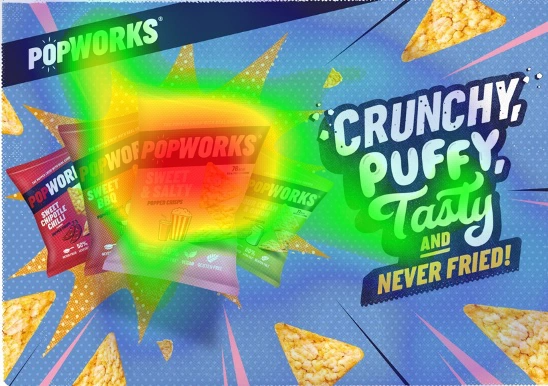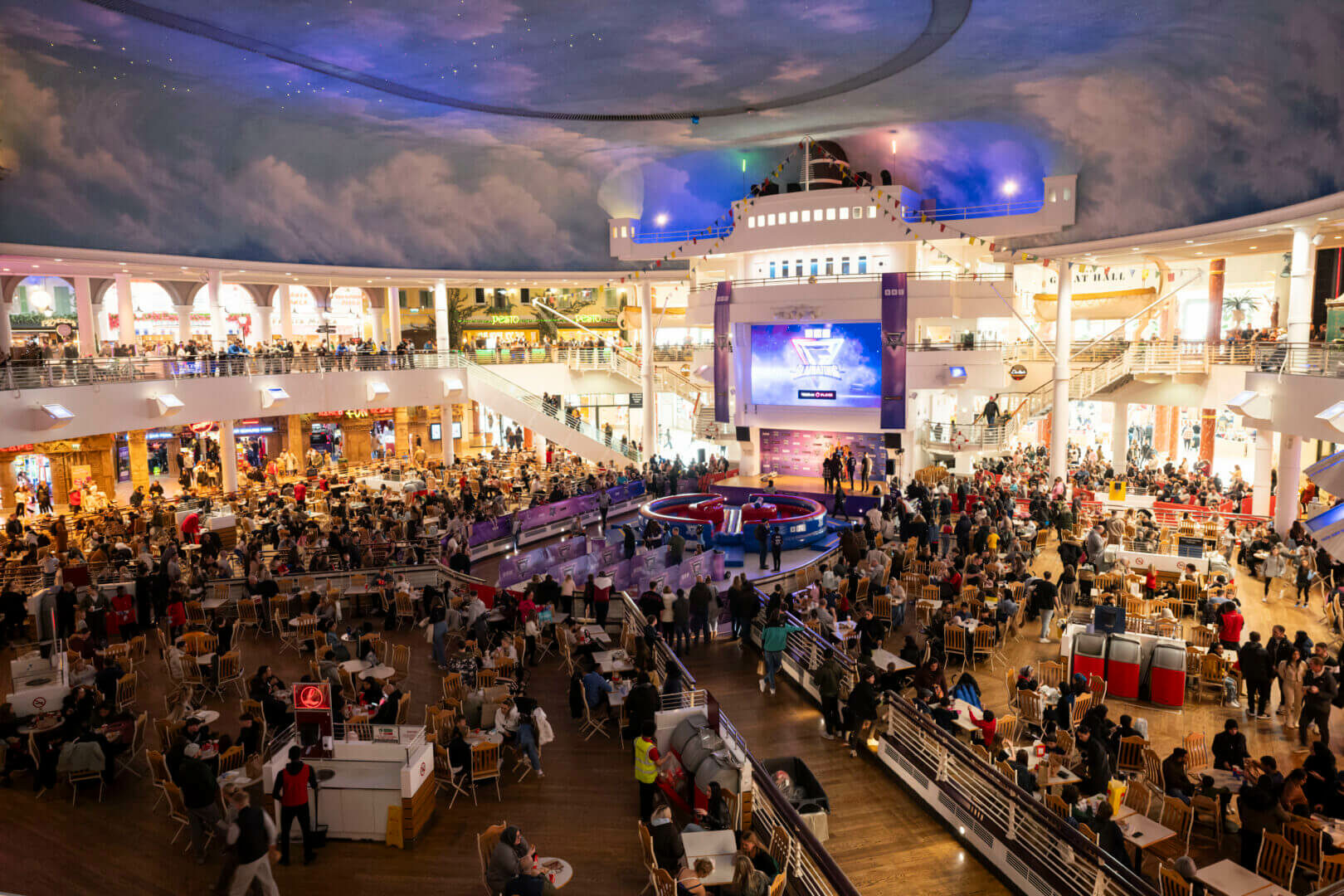OAAA Lunch Break Recap: Fueling the Expansion of OOH with the Economic Rebound
OOH’s Expansion Fueled by Economic Rebound
The Out-of-Home (OOH) industry proved its resiliency during the pandemic by serving as an optimal channel for broadcasting health and safety messages to our communities. Now with a rebounding economy and as we head into summer, marketers are turning their attention to OOH advertising in a major way to connect and engage with consumers that are spending more time outdoors.
At this week’s OAAA Lunch Break roundtable, our CEO, Jim Wilson joined Chris Olsen, President of Rapport US, and Martin Porter, Head of OOH at dentsu, for a discussion on the opportunities in OOH as we emerge from the pandemic and how the industry can regain momentum.
The panelists shared their insights on the state of the OOH marketplace, new technologies and formats, and what brands are looking for. Among the key takeaways:
Growing advertiser demand across categories
With the momentum in the reopening of businesses and outdoor movement returning to pre-pandemic levels, brands are eager to respond to these positive changes to reach outdoor audiences. Wilson emphasized the growing optimism with advertisers and expects a strong rebound for the second half of this year. “We’re seeing a sense of urgency for increased ad spending in Q2 and many advertisers are taking a localized approach. Scale and capabilities matter and Talon is focused on delivering audiences and outcomes for brands and agencies.”
Olsen highlighted that the pharmaceutical sector proved to be pandemic-proof and the booming real estate market is driving OOH advertising spending and added, “Theatrical entertainment with its backlog of titles, CPG and retail advertisers are all coming back – and these sectors are a litmus test for OOH’s rebound.”
OOH is primed for QR code and touchless technology interactivity
Contactless and touchless behaviors have become ingrained in our daily lives during the pandemic. Consumers have embraced the use of QR codes, digital menus, and order/payment capabilities, and we expect these behaviors to stick for the post-pandemic future. OOH is the perfect medium for QR code interactivity and we’re already seeing more QR codes in OOH creative and “click-through rates” in the physical world.
OOH is well-positioned for a cookieless world
With Apple’s new privacy changes in its operating system and cookies going away, OOH is well-positioned for a changing media landscape as the industry is investing in new technologies and solutions for targeting and measurement. Today, OOH relies more heavily on location data, which is sourced from mobile ad IDs rather than cookies. “With a focus on audiences and outcomes, targeting will shift more towards context, which is the sweet spot of OOH. I’m a huge proponent of contextually relevant advertising and when you consider a context-rich environment, nothing beats the physical world,” added Wilson.
Enabling speed to market with programmatic OOH and automation
As many brands were forced to shift their business to digital-only, programmatic OOH provides the ability to quickly activate campaigns with a shorter turnaround time, as well as the flexibility to pause and restart based on business outcomes and traffic shifts. The speed and buying flexibility of programmatic OOH is compelling for many advertisers that are fueling its uptick.
Porter highlighted that investing in automated workflows is another area of importance in OOH. “Even before the pandemic, the planning cycle was getting shorter. We’re looking at ways to reduce manual processes in the OOH planning cycle and where we can add automation to make the process more efficient and quicker across the planning, buying, and campaign execution process. For us to compete with other channels, we have to increase the speed to pipes.”




